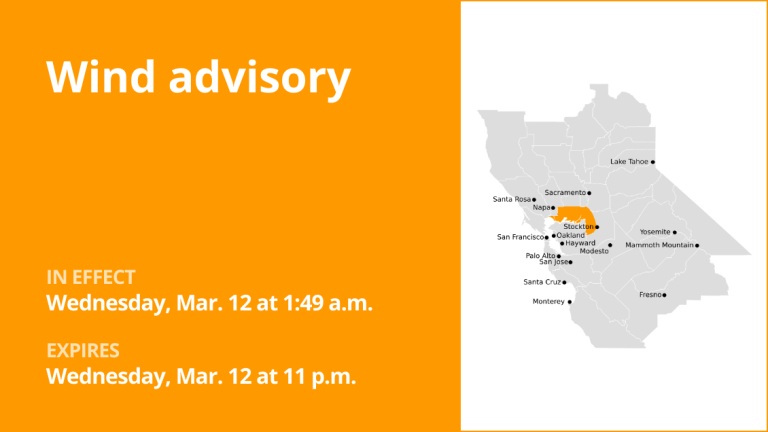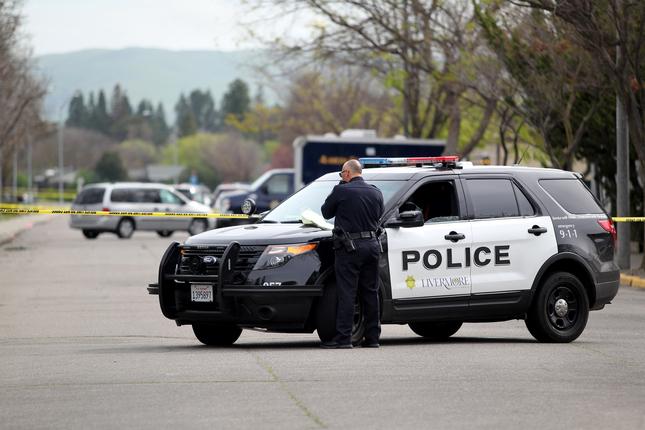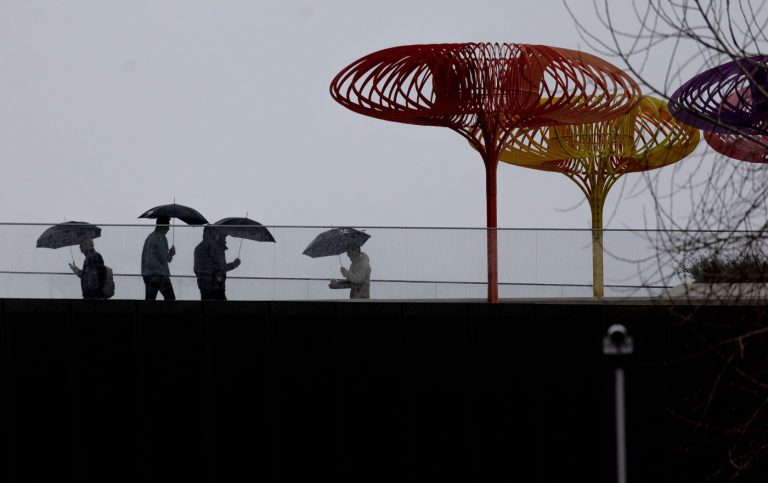As the flames of California history’s most damaging winter began to cool, decision times were about to arrive for tens of thousands of the state’s newest homeless people.
Related Articles
Elias: Any blame for L.A. fires mainly belongs to bad choices decades ago
Elias: Trump deportations to be far more complex than campaign implied
Elias: Trump’s new term almost ideal for a Newsom White House bid
Some evacuees had homes to return to, some did not. This was almost like a random lottery, but those whose homes fell to the January wildfires in the city and county of Los Angeles suddenly face decisions they never wanted to think about. The questions are no different from those that confronted victims of many fires over the last few years but are made different and maybe more difficult because of scale.
Never before have fire victims of more than 10,000 households faced these issues simultaneously. Do they rebuild, or do they sell the land long occupied by their ravaged homes? Do they settle for what insurance companies are willing to pass out, or hire lawyers?
With insurance companies bringing claims adjusters from around the nation, many of them unfamiliar with California conditions, do they hire public adjusters to fight lowball damage evaluations? Amid a housing shortage, do they seek temporary rentals or try to buy something in what is fast becoming a seller’s market? Do they want to keep living in what proved to be a hazardous environment, no matter how benign it seemed in previous decades?
The paths many will choose were eased only a little by an executive order issued by Gov. Gavin Newsom while flames were still spreading. He took the California Environmental Quality Act (CEQA ) off the table so that environmental impact reports will no longer be a necessity for anyone rebuilding anything even similar to a previous abode or commercial building.
CEQA never applied to individual homes, so this will only aid developers rebuilding multiple units. For those who lost homes at or near the beach, Newsom’s order means the state Coastal Commission won’t have a voice in how or what they can rebuild.
What about folks in their 70s and 80s, though? One 85-year-old Pacific Palisades resident whose longtime home burned down said he would rebuild. Noting he would be about 90 when that project ends, he said, “So I’ll be 90? So what?”
Others in that age cohort will no doubt opt to take insurance settlements and sell their land for others to rebuild on while moving to condominiums in untouched areas or to independent and assisted-living facilities. Younger homeowners will for the most part rebuild, as has happened with most residents of other fire-ravaged areas from Santa Rosa and Napa to San Diego and Malibu.
Whether in Northern or Southern California, in a forest or along the ocean, determined residents often tell reporters visiting the blackened scenes of fires a week or two after blazes end something like, “This is the price of living in paradise. We knew the risk, and we’re coming back.”
To obtain fire insurance when they do that, they will have to use fire-resistant materials not commonly employed in earlier eras when most of the destroyed homes were built. Stone and Spanish tile roofs will be more common. So will fireproof siding.
Finer screens will be deployed over vents where flying embers sometimes enter homes and ignite attics. Landscaping will employ more fire-resistant vegetation and fewer trees that can fall or spread flames. Nothing on the exterior will be placed even near to most walls.
Homes and buildings will thus resemble small forts more than ever before in California. They will include more brickwork too, even if that can be an earthquake hazard. The entire process, replete with permitting delays and contractor cost overruns in the coming boom construction market, will take more than five years, during which whole sections of cities will be grossly underpopulated.
There will be scams and gouging galore, even though some hotels and merchants now are offering deep discounts to fire evacuees. Some lawyers will demand unethically large percentages of insurance settlements. Imposter contractors will collect deposits, only to disappear. So one watch phrashe for the rebuilding will be “caveat emptor” — let the buyer beware.
However, California will also see displays of fortitude, courage, generosity and family closeness. In short, the wide panoply of human behavior and emotions will operate closer to the surface than usual, with survivors needing to be as watchful now as they were while evacuating.
Email Thomas Elias at tdelias@aol.com, and read more of his columns online at californiafocus.net.












